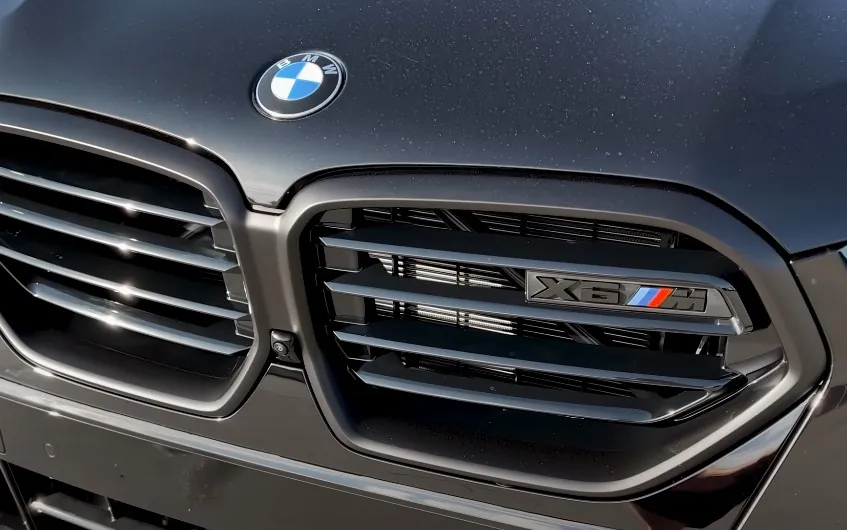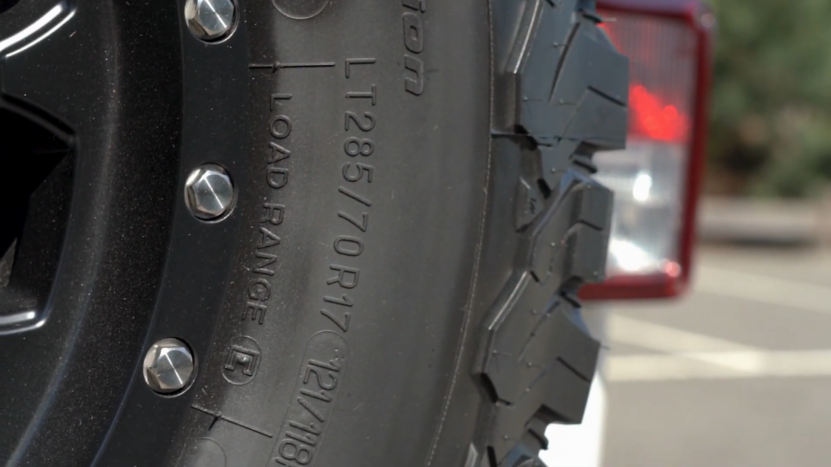
Share Post:
Many vehicle owners and enthusiasts grapple with understanding tire sizing and measurements.
It’s no surprise, as there’s often confusion between measurements in inches and millimeters, terms used interchangeably across brands and regions.
One frequent question is whether a 33-inch tire is the same as a 285, sparking heated debates among car owners and tire enthusiasts. So, we asked top quality tire store NeoTires to help us with it and their key takeaways are mentioned below.
Table of Contents
ToggleKey Takeaways
- A 33-inch tire measures diameter, while 285 refers to width, making them different in fitment and performance.
- 33-inch tires offer better ground clearance and traction, ideal for off-road adventures.
- The larger, aggressive look of 33-inch tires enhances the stance of trucks and SUVs.
- 33-inch tires may require suspension or clearance adjustments, unlike most 285-width tires.
- Larger tires can reduce fuel efficiency and impact handling on smooth roads.
Tire Measurements
Tire measurements can be cryptic for the uninitiated. When you look at tire sizes, you’ll typically see a combination of numbers and letters, like 285/70R17.
What does this really mean? Each segment of this code provides specific information about the tire’s dimensions and features.
#TireTuesday How do you read your tire size? pic.twitter.com/sXaJQtSMBw
— Continental Tire (@continentaltire) February 20, 2018
The first number (285) represents the tire’s width in millimeters, measured from sidewall to sidewall.
The second number (70) is the aspect ratio or the tire height as a percentage of its width. The last part (R17) indicates that the tire has radial construction (R) and fits on a 17-inch diameter wheel.
Despite being a key aspect of vehicle performance and safety, tire sizing is often overlooked by car owners. It is important to understand these measurements, as they significantly impact the ride comfort, handling, fuel efficiency, and overall capability of your vehicle.
The Difference Between 33-inch Tires and 285
At first glance, the difference between 33-inch tires and 285 might seem simple: one is measured in inches, and the other in millimeters.
However, it’s more nuanced than that. A 33-inch tire describes the overall diameter of the tire, whereas 285 is the width of the tire.
The critical point to note is that the tire’s diameter is not a standalone figure. It’s derived from the width (285 mm), aspect ratio, and wheel size.
Therefore, a 33-inch tire is not necessarily the same as a 285, because the latter does not give a complete description of the tire’s dimensions.
While choosing or upgrading tires, many off-roaders also customize their rigs with small but eye-catching details—think valve-stem caps, lug-nut covers, or even branded keychains. Companies like GS-JJ can produce affordable, fully custom metal emblems or enamel badges that match your new tire size and overall build theme, adding a personal touch without breaking the bank.
Breaking Down Tire Sizing
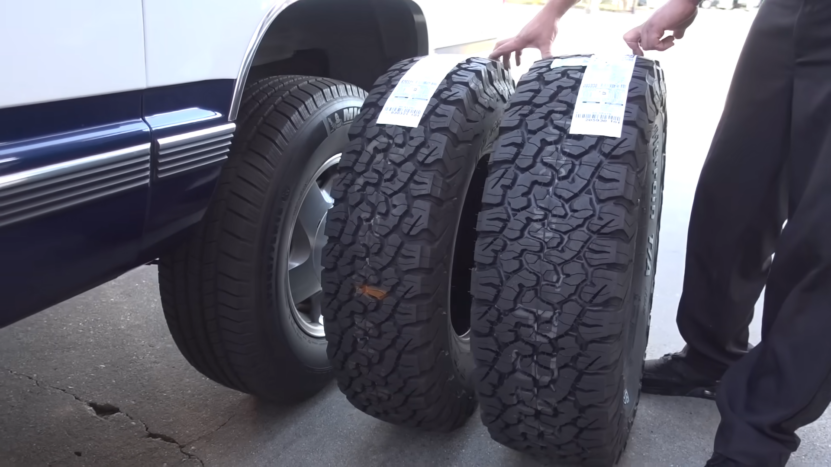
To better understand tire sizing, let’s break down an example: a tire size of 285/75R16.
In this case, the tire has an approximate diameter of 33 inches, making it a 33-inch tire. This calculation is not exact due to manufacturing tolerances, but it provides a good estimate.
However, note that not all tires with a width of 285 mm will have a diameter of 33 inches.
The aspect ratio and wheel size also play significant roles in determining the final diameter. That’s why 285 tires and 33-inch tires are not always the same.
The 33-inch Tire – What Sets It Apart
-
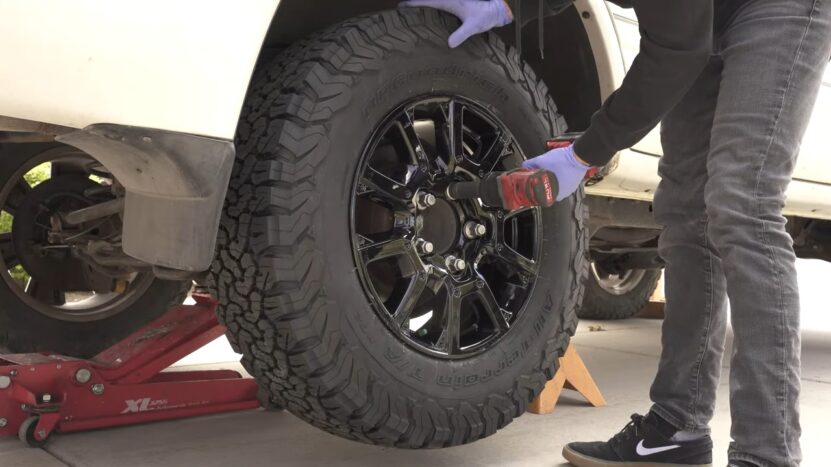
Source: Youtube/Screenshot, Truck and SUV owners favor 33-inch tires for their aggressive look
33-inch tires are a popular choice for off-road vehicles like trucks and SUVs. The key defining feature of a 33-inch tire is its larger diameter, which provides a higher ground clearance compared to standard-size tires. This means better off-road capabilities as they can handle rough terrains and obstacles more efficiently.
In addition to improved off-road performance, 33-inch tires often offer a more aggressive look, which many truck and SUV owners prefer. However, these tires might require modifications to your vehicle, like a lift or leveling kit, to ensure proper fitment and avoid rubbing issues.
Despite their benefits, 33-inch tires can negatively affect fuel economy and on-road comfort. They are heavier and create more rolling resistance, which can reduce fuel efficiency. Furthermore, the larger size can lead to a stiffer ride and increased road noise.
Comparing Tire Size
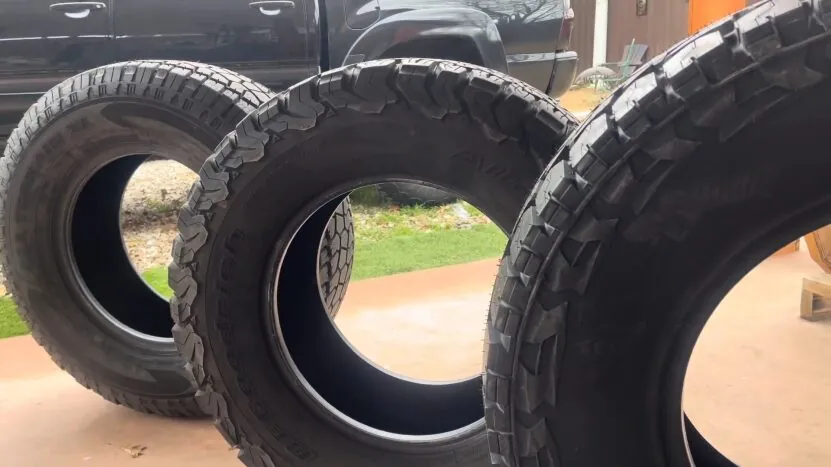
In comparing 33-inch tires and 285 tires, the main similarity is that both refer to a tire’s dimensions.
However, they refer to different aspects of these dimensions: 33 inches is a diameter measurement, while 285 refers to width.
A 33-inch tire and a 285 tire can be the same if the 285 tire’s aspect ratio and wheel size combine to give an overall diameter of around 33 inches.
In such cases, they would have similar performance characteristics, advantages, and drawbacks.
However, the variances between them become apparent when a 285 tire does not equate to a 33-inch diameter.
In this case, the two sizes may deliver quite different performance, aesthetic appeal, and potential fitment requirements for the vehicle.
Tire Fitment Explained – How 33-inch Tires and 285 Differ
-
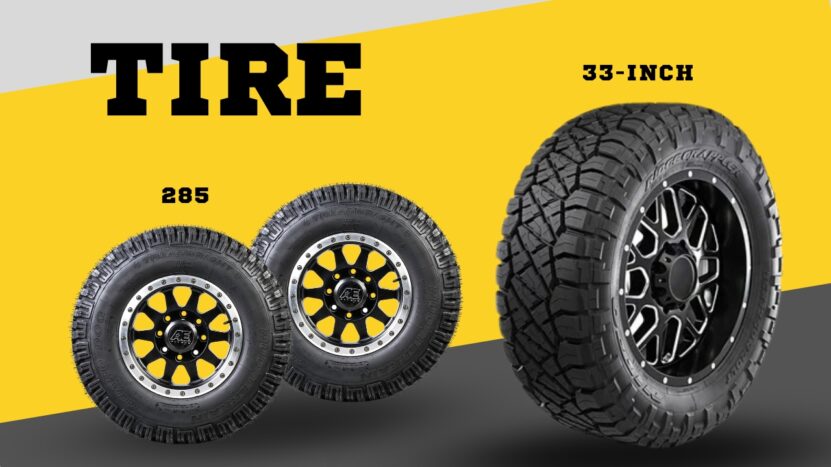
Switching to 33-inch tires may require a lift or leveling kit
The critical factor in tire fitment is ensuring the tire fits properly on your vehicle without causing any rubbing or clearance issues. This consideration is especially crucial when dealing with larger tires like 33-inch or certain 285 tires.
When you switch to a 33-inch tire from a smaller standard size, you may need to make modifications to your vehicle, such as installing a lift or leveling kit.
On the other hand, a 285 tire will require less dramatic changes, provided the overall diameter does not significantly exceed the original equipment tire size.
33-inch Tires – Features, Benefits, and Limitations
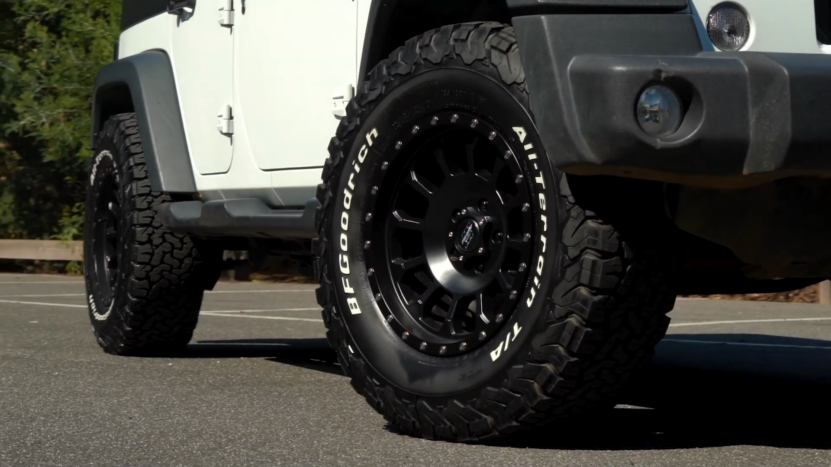
33-inch tires are a popular upgrade for off-road enthusiasts and anyone looking to enhance their vehicle’s appearance and performance.
Here’s a closer look at what makes these tires stand out, the advantages they offer, and a few limitations to consider.
Features
33-inch tires are larger than most stock tires, offering improved ground clearance and a more aggressive stance. They are typically used on trucks, SUVs, and off-road vehicles. Available in a range of tread patterns, these tires can be tailored for various terrains, from mud and sand to rocks and loose gravel.
Benefits
- Improved Off-Road Capability: Their larger size increases ground clearance, helping to navigate challenging terrains and obstacles with ease.
- Enhanced Traction: With a larger contact area, 33-inch tires offer better grip, especially beneficial in mud, snow, and rocky conditions.
- Increased Vehicle Height: These tires give vehicles a lifted look, enhancing visibility and offering a commanding view of the road.
- Aesthetic Appeal: Many drivers appreciate the aggressive, rugged appearance that 33-inch tires bring, which can elevate the vehicle’s overall look.
Limitations
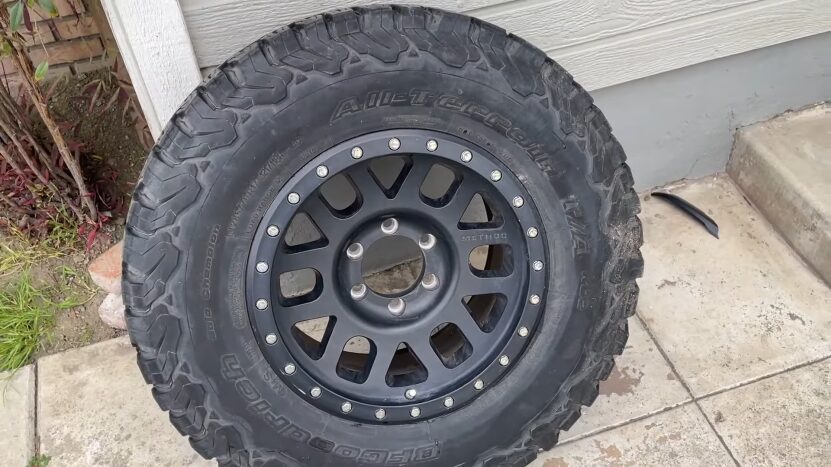
- Reduced Fuel Efficiency: The larger size and added weight can decrease gas mileage, as the engine has to work harder to move the vehicle.
- Potential Modifications Needed: Some vehicles may require suspension adjustments, fender trimming, or re-gearing to accommodate the larger tires.
- Impact on Handling: While excellent off-road, 33-inch tires may reduce on-road handling precision and increase road noise, especially on smooth surfaces.
Douglas Tires, known for their quieter ride, offer a contrast in on-road comfort that many drivers prefer.
Conclusion
In conclusion, a 33-inch tire is not the same as a 285, though a 285 tire can be a 33-inch tire if the aspect ratio and wheel size create an overall diameter of approximately 33 inches. Understanding the difference between these measurements is critical to making informed decisions about the best tire size for your vehicle and driving preferences.
Remember, the right tire size depends on various factors, including your vehicle type, driving style, and priorities in terms of performance, comfort, aesthetics, and fuel efficiency. So, the next time you’re deciding between a 33-inch and a 285 tire, consider the information shared in this blog post to make a decision that best suits your needs.
Related Posts:




